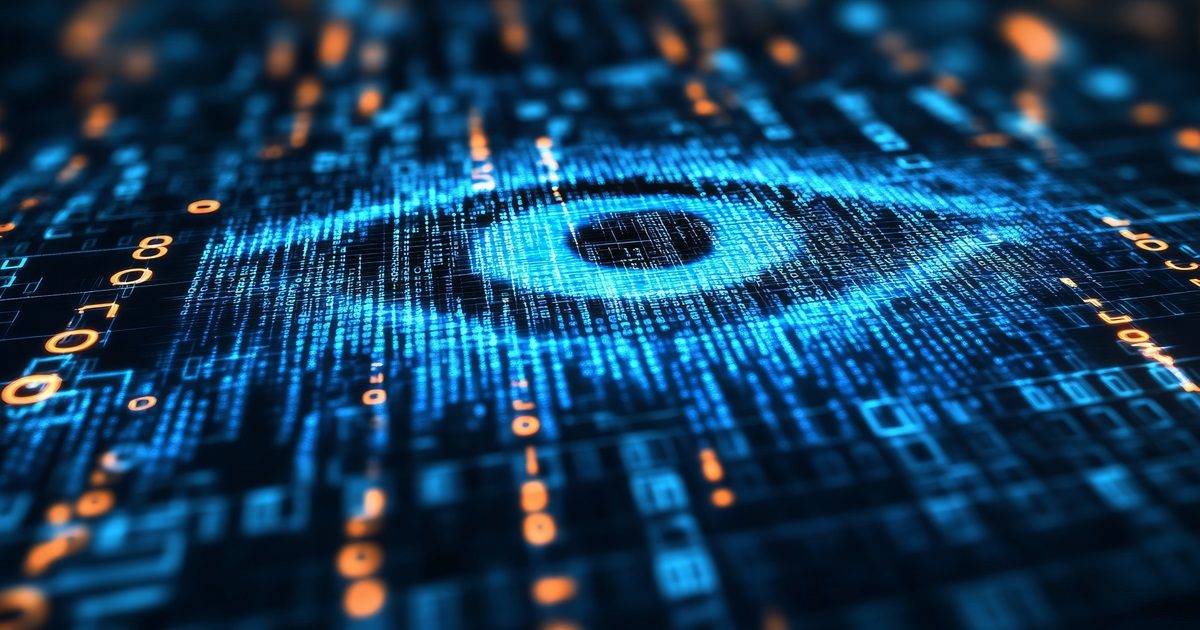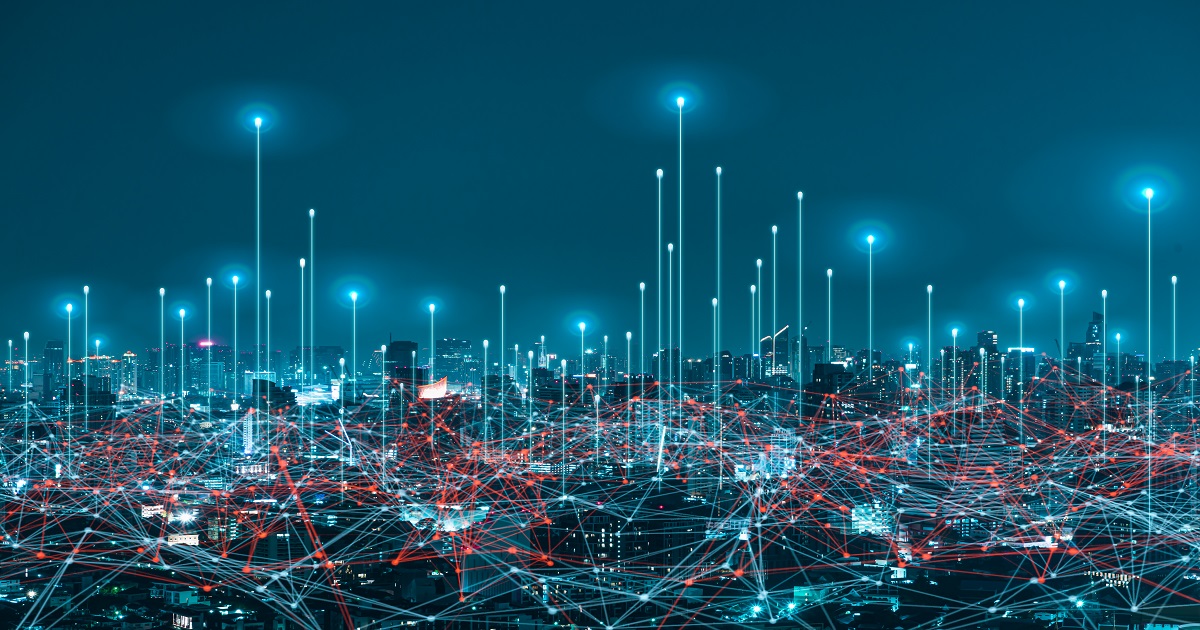
The rapid innovation and diversification of technology amidst the beginning of the digital age have provided enterprises of all sizes, sectors, and verticals with new abilities that are helping to simplify and optimize their daily processes. Even at a consumer level, technology is driving new experiences, with applications such as virtual reality literally creating new worlds for people to explore.
However, for all the positives technological expansion has brought about, it has come with its drawbacks as well, with the most prominent challenge being the swift increase in energy demand. A corresponding rise in demand for electricity accompanies the emerging growth of developing global economies sparked by digital advancement. Concurrently, advanced global economies are pushing for electrification to decarbonize their transportation, heating, and industrial sectors.
As a result of these coexisting trends, global electricity demand is expected to grow at a much faster pace of 3% per year over the 2023-2025 period compared with the 2022 growth rate. In fact, the total increase in global electricity demand of about 2500 terawatt-hours (TWh) out to 2025 is expected to be more than double what the country of Japan currently consumes in energy annually.
The resilient growth of demand induced soaring prices for energy commodities, including natural gas and coal, sharply escalated power generation costs and rapidly increased inflation. This strained all fronts, affecting enterprises across numerous industries and consumers, but it also created notable pressure for the energy provider sector.
"Along with the challenges of improving overall service quality and efficiency given growing needs, energy providers face various obstacles in an ever-changing energy landscape," said Christina Domecq, Managing Director, Hub Controls, a fast-growing start-up in the U.S. based in New York. "For instance, the global rise of sustainability has spurred a desire to pivot towards more eco-friendly fuel sources to tackle rising carbon emissions. By reducing energy consumption and using the latest connected technologies, energy providers can modernize service delivery and enhance their ESG programs."
Though emissions from electricity generation only grew by a modest 1.1% in 2023 compared to the 6.2% recently in 2021, which was driven by the rapid economic recovery from the COVID shock, nonetheless, total electricity generation-related carbon emissions reached a record high of 37.55 billion metric tons (GtCO2)
"Among the variety of new technology available for energy providers, the most potential to revolutionize the energy sector lies in those that provide artificial intelligence (AI) and other automated capabilities," Domecq said. "AI-driven energy management systems like ours are emerging, fueling real-time, hands-off controls ideal for Multi-Dwelling Units – MDUs – college dorms, public housing locations, and more."
Automated energy management systems are powerful catalysts for transformative change in the energy sector, offering a plethora of advantages that span from improved efficiency to enhanced sustainability, Domecq also explained. When energy providers integrate these technologies into their portfolios, they can address key issues in energy consumption and foster innovation by opening the door to unforeseen possibilities.
For example, AI and machine learning (ML) can optimize energy distribution for maximum efficiency by enabling the analysis of vast datasets related to energy production, consumption patterns, and environmental factors.
"By optimizing production schedules and distribution networks, AI helps minimize energy wastage, leading to increased overall efficiency," according to Domecq. "This data-driven approach allows for more accurate energy demand prediction, facilitating power plants' efficient planning and operation."
Furthermore, AI models can provide more precise predictions of future energy demand by analyzing historical data and considering various influencing factors such as weather patterns and economic indicators. This capability aids energy providers in better planning and allocating resources, optimizing energy generation and storage capacities to meet demand fluctuations effectively.
"This is a triple bottom line opportunity for energy providers that have the potential to significantly contribute to reversing part of the climate crisis, improving service delivery to consumers, and enabling every participant to save money, including property owners and managers," Domecq explained. "Considering that Hub Control's platform has been proven to reduce the cost of electricity by up to one-third in a completely automated fashion when our clients and partners do the math, they see the economic benefits – and understand how exciting and important it is to make energy affordable for all."
AI is already becoming a powerful tool for energy providers. AI in the energy sector market is expected to grow from its $5.23 billion valuation at the end of 2023 to $6.39 billion by the end of 2024, a CAGR of 22.2%. Furthermore, experts predict the market will continue to grow at a CAGR of 20.2% until 2028, bringing the estimated value to a whopping $13.36 billion.
The historic growth can undoubtedly be attributed to the increased desire for data analytics, renewable energy integration, predictive maintenance, demand response management, and overall grid optimization among energy providers.
Ultimately, market statistics aside, energy providers would be wise to adopt and integrate AI, ML, and automated capabilities into their energy management systems sooner rather than later. The world continues to venture deeper into an age dominated by technology, and the energy demand is not going away anytime soon, meaning energy providers must be ready with AI to meet the hefty needs of consumers and businesses in a digitally driven world.
Edited by
Greg Tavarez





